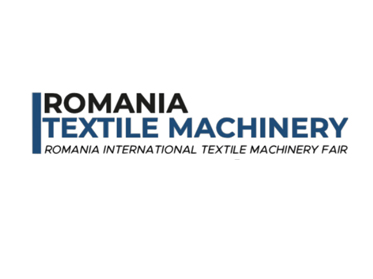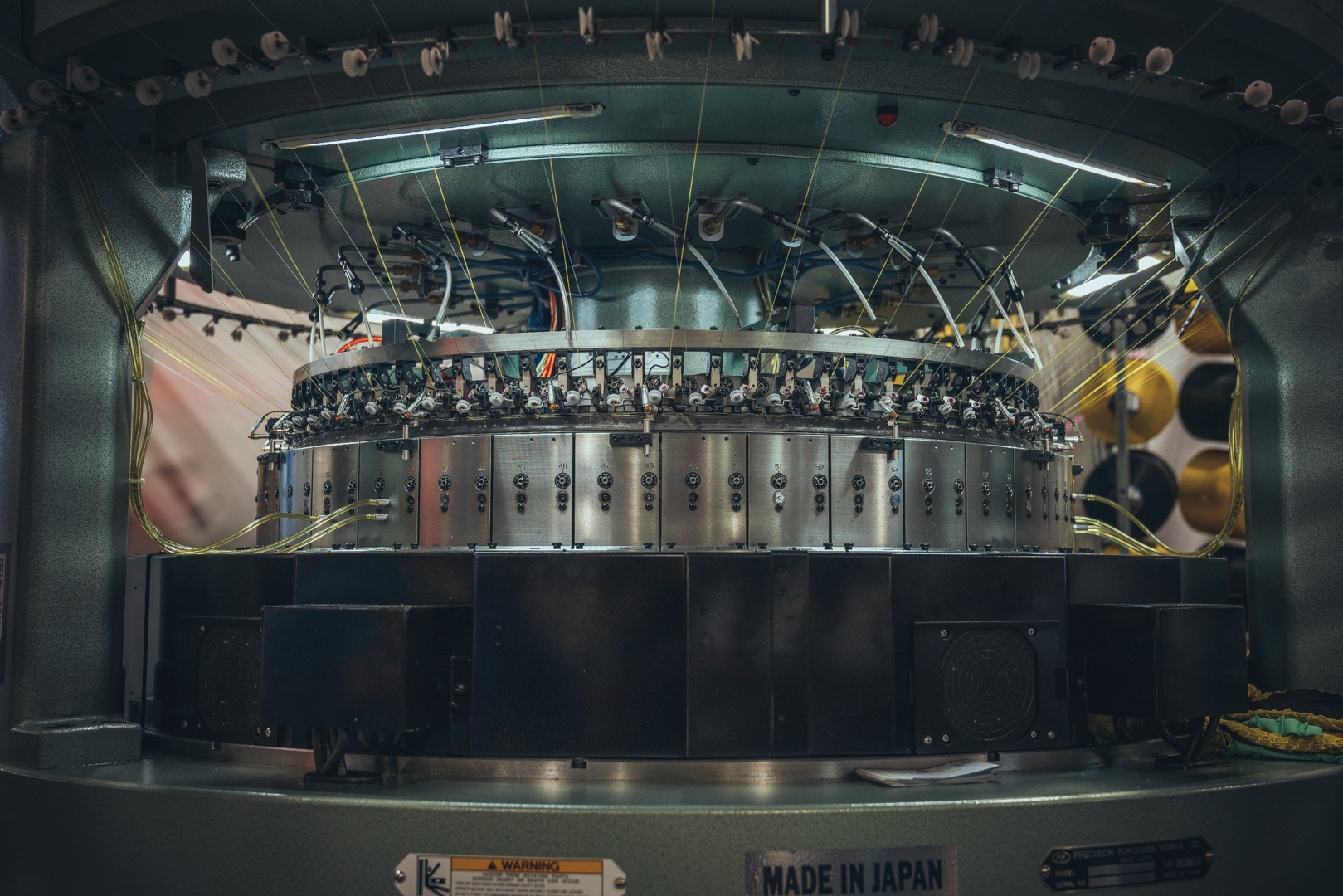2024 ROMANIA FASHIONTEX Romania International Fashion,Textile and Accessories Fair
Time: 2024.01.25~01.27
Location: Romexpo Exhibition Center, Bucharest, ROMANIA



Focused on both sourcing and finished textiles, Romania Fashiontex Fair is dedicated to enhancing exhibitors' export capabilities, not only within Romania but also across various European countries. It offers a prime opportunity for participants to expand their market reach and strengthen their presence in the European textile market.


